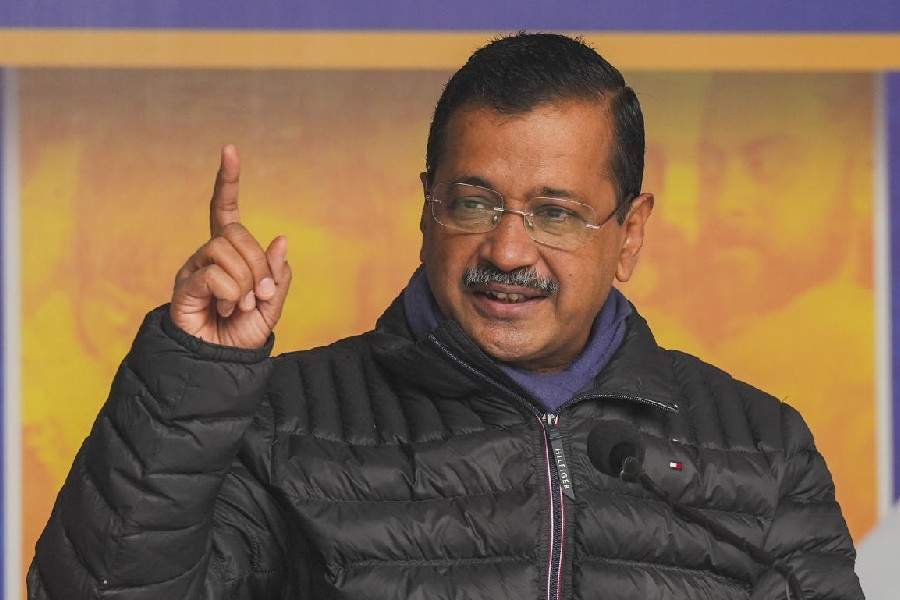Book: Mandodari
Author: Koral Dasgupta
Published by: Pan
Price: Rs 399
One of the heartening developments within Indian writing in recent years has been the rise in feminist retellings of mythological female figures by turning the tropes on their heads. Mandodari, the fourth book in Koral Dasgupta’s Sati series following Ahalya, Kunti and Draupadi, is an endeavour to rescue from obscurity one of the oft-forgotten characters in the Ramayana. Mandodari, who finds her place within the narrative of the epic as the queen consort of Ravana — the principal antagonist of the epic — and mother to Meghnada, is placed at the heart of this story.
As the daughter of Mayasur, the divine architect, the Queen of Lanka was in many ways its maker. She brought to life her husband’s creative visions — a detail conveniently forgotten by patriarchal storytellers who chose to celebrate Lanka as the “inspiring manifestation” of Ravana. Dasgupta’s Mandodari is a devoted wife but she does not lack agency. She is cognisant of the shortcomings of her husband and recognises the seriousness of the crime that Ravana has committed by abducting a married woman. Most of the events described in the book take place after Sita’s abduction but the text is structured in a way that the readers get a glimpse of Mandodari’s principles and her life before the tumultuous events that lead to the fall of Lanka. As opposed to Sita’s unwavering belief in her husband and an almost naive idealism, Mandodari is the voice of truth to Ravana and fights for what she believes to be true.
Mandodari sits in the company of books like The Palace of Illusions by Chitra Banerjee Divakaruni, Pratibha Ray’s Yajnaseni, and Karna’s Wife by Kavita Kané, all of which foreground the voice of the woman. The book has several strengths, including, but not limited to, Dasgupta’s envisioning of the inner world of the women of Lanka, the differences, sympathies and alliances within, as well as the titular character’s moral turbulence. However, Dasgupta flounders in a critical place which is her portrayal of Surpanakha whose mutilation by the princes of Ayodhya is understood to be a result of her arrogance and uncontrollable lust. A fairer depiction of Surpanakha would have elevated an otherwise intriguing book.











